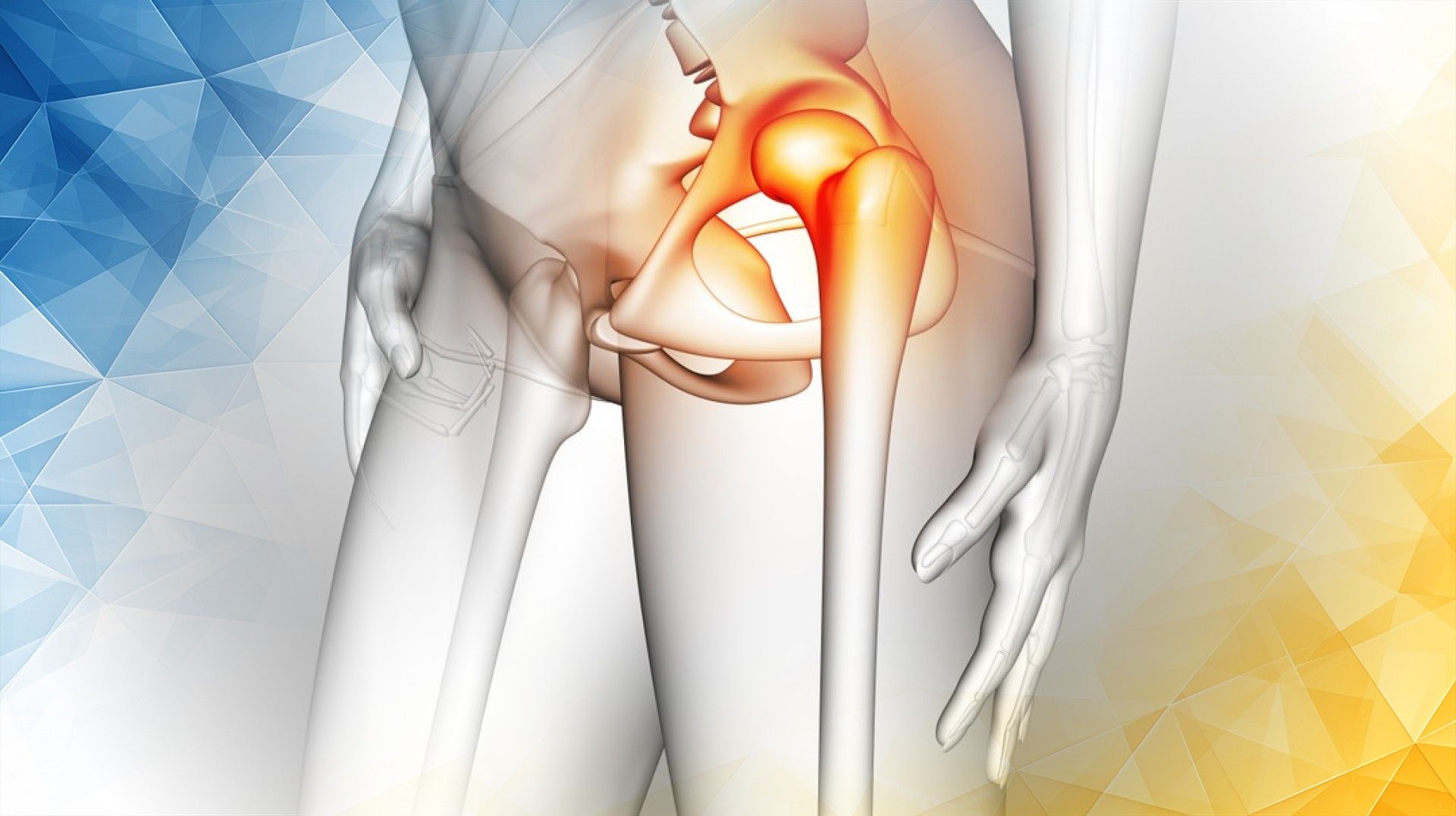



Hip pain is a widespread problem—and often a challenging one to diagnose and treat. Thanks to advances in anatomy and imaging, healthcare professionals are taking a closer look at the muscles surrounding the hip joint to improve the way they care for patients. Recent research reveals that hip muscles aren’t just uniform masses of tissue. Instead, each muscle is made up of distinct compartments, or subunits, each with its own function. In this article, we’ll dive into the concept of hip muscle compartmentalisation, explore the key muscles involved in hip movement, and explain why understanding this detail is so important for managing hip pain .
The muscles around your hip are crucial for everyday activities such as walking, running, and keeping your balance. Two main groups of muscles do much of the work: the hip abductors and the hip flexors. The hip abductors—including the gluteus medius, gluteus minimus, and tensor fascia lata—help keep your pelvis stable with each step. The hip flexors, such as the iliacus and psoas muscles, allow you to lift your leg forward.
What makes these muscles especially interesting is that each major muscle isn’t just a single, solid structure. Instead, they’re built from several compartments—smaller sections within the larger muscle, each with different connections to bones. For example, the gluteus medius and gluteus minimus have distinct compartments that attach to different parts of the hip and thigh, allowing for precise control and finely tuned movement. In the iliacus muscle, different subunits connect to different spots on the pelvis and thigh bone, making it possible to perform a wide variety of movements. This detailed anatomy helps explain why an injury in just one part of a muscle can lead to very specific symptoms, depending on which compartment is affected. Anatomical studies and medical imaging have confirmed considerable variation in the structure of these muscles from person to person.
The structure and arrangement of these muscle compartments play a major role in hip function —and in the development of pain. Differences in how the compartments attach to bones, as well as the leverage each one has, can influence the forces across the hip joint . This, in turn, affects the joint’s stability and how well it withstands everyday stresses.
Consider hip dysplasia , a condition in which the hip socket doesn’t fully cover the ball of the joint. Here, imbalances in strength or tension among the hip abductor compartments can place extra strain on the joint and lead to pain . Likewise, if a specific subunit of the hip flexors is strained or injured, it may cause sharp pain during activities like lifting the leg. Knowing which muscle compartment is involved enables doctors and physical therapists to create targeted rehabilitation programs. Instead of one-size-fits-all exercises , therapy can focus on strengthening or lengthening just the parts that need it most—making recovery faster and more effective.
Direct imaging, such as CT scans and ultrasound, is increasingly being used to identify these individual compartments and their attachments. This precision is helping healthcare providers match symptoms to specific muscle regions, leading to more accurate diagnoses and better treatment.
Understanding muscle compartmentalisation isn’t just interesting—it has real, practical benefits for both patients and healthcare professionals. During diagnosis , a combination of a thorough physical exam and advanced imaging can pinpoint which muscle compartments are affected. This level of detail leads to more accurate diagnoses and personalised treatment plans that address the root of the problem.
For patients asking how to relieve hip pain , this approach means exercises can be customised: targeting weak areas for strengthening, or tight compartments for stretching. As research continues, we’ll learn even more about how these compartments influence hip function , injury, and recovery. Embracing this nuanced view of hip anatomy highlights a new era of personalised physiotherapy and orthopaedic care. A better understanding of the specific anatomy and function of these muscles is paving the way for improved outcomes for those suffering from hip pain .
Recognising that hip muscles consist of distinct compartments is changing the way we understand hip pain and function. By appreciating the unique roles of these muscle subunits, clinicians can make more accurate diagnoses and create treatments tailored to each patient’s needs—promoting faster and more complete recovery. As research builds on these discoveries, integrating them into everyday practice promises to transform how we approach hip pain . Keeping up-to-date with these advances is essential for anyone involved in musculoskeletal health , ensuring patients get the best possible care.
Clark, J. M., & Haynor, D. R. (1987). Anatomy of the abductor muscles of the hip as studied by computed tomography. The Journal of Bone and Joint Surgery (American), 69(7), 1021-1031.
Flack, N. A. M. S., Nicholson, H., & Woodley, S. J. (2011). A review of the anatomy of the hip abductor muscles, gluteus medius, gluteus minimus, and tensor fascia lata. Clinical Anatomy, 25(6), 697-708. https://doi.org/10.1002/ca.22004
All our treatments are selected to help patients achieve the best possible outcomes and return to the quality of life they deserve. Get in touch if you have any questions.
At London Cartilage Clinic, we are constantly staying up-to-date on the latest treatment options for knee injuries and ongoing knee health issues. As a result, our patients have access to the best equipment, techniques, and expertise in the field, whether it’s for cartilage repair, regeneration, or replacement.
For the best in patient care and cartilage knowledge, contact London Cartilage Clinic today.
At London Cartilage Clinic, our team has spent years gaining an in-depth understanding of human biology and the skills necessary to provide a wide range of cartilage treatments. It’s our mission to administer comprehensive care through innovative solutions targeted at key areas, including cartilage injuries. During an initial consultation, one of our medical professionals will establish which path forward is best for you.
Contact us if you have any questions about the various treatment methods on offer.
Legal & Medical Disclaimer
This article is written by an independent contributor and reflects their own views and experience, not necessarily those of londoncartilage.com. It is provided for general information and education only and does not constitute medical advice, diagnosis, or treatment.
Always seek personalised advice from a qualified healthcare professional before making decisions about your health. londoncartilage.com accepts no responsibility for errors, omissions, third-party content, or any loss, damage, or injury arising from reliance on this material. If you believe this article contains inaccurate or infringing content, please contact us at [email protected].